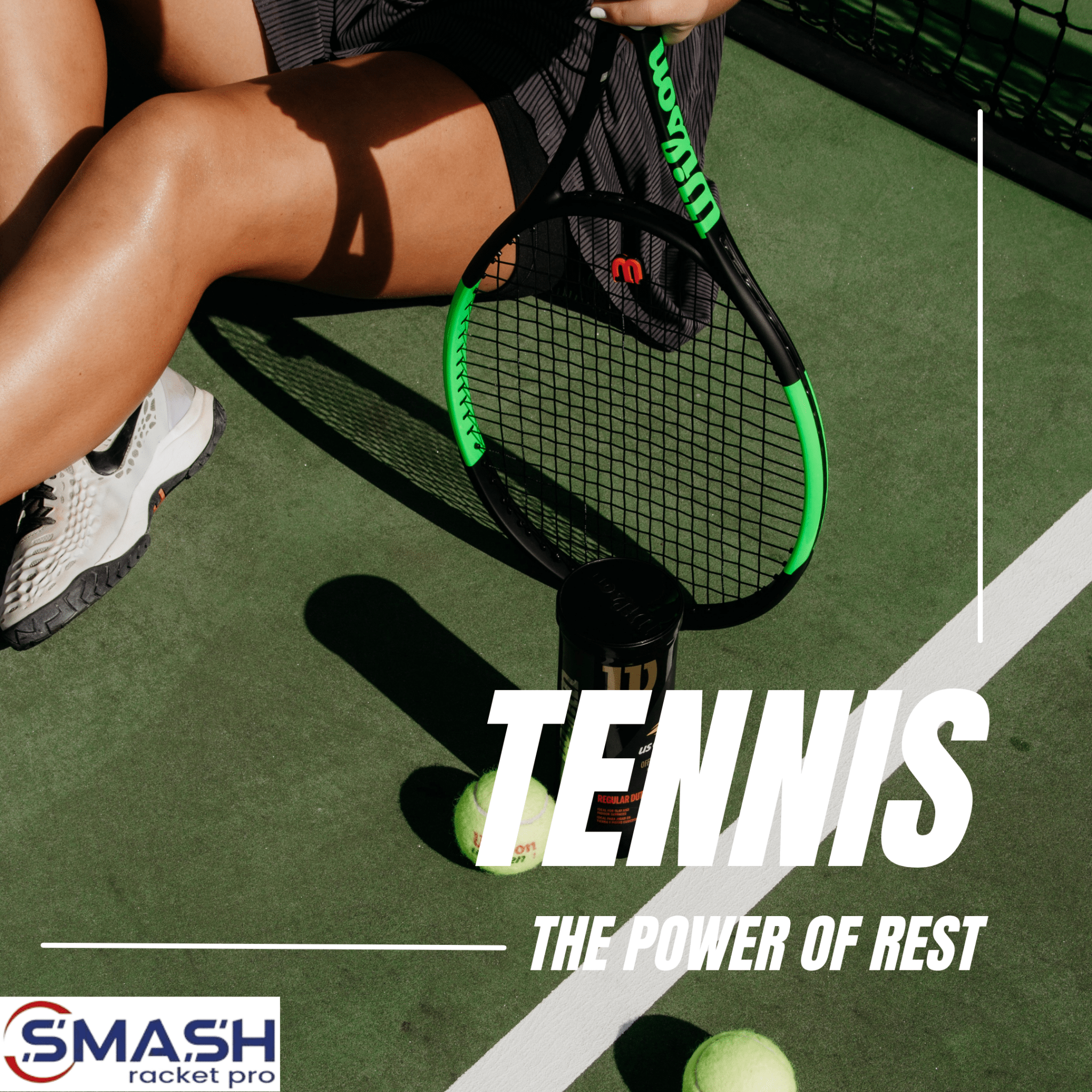In the world of tennis, training and competition often require a level of effort that leaves little room for or attention to proper rest. Nonetheless, it is essential for tennis buffs aiming at top performance and prevention of injuries to recognize the importance of rest as a priority. In this article, we'll take a look at the importance of rest to make the game good and save players’ lives.
The Role of Rest in Injury Prevention
In the dynamic world of professional tennis, where athletes exhaust their physical capacities through rigorous training and grueling games, there is nothing more significant than proper rest. Rest is one of the key factors that help prevent injuries in tennis players, improving their overall health and performance. Within this discourse, we will discuss six individual approaches that demonstrate rest as a fundamental means of protecting tennis players from possible injuries.
- Recovery of Muscles:
Among the first benefits of rest is that it contributes to muscle recovery. Tennis consists of explosive movements, quick turns, and repetitive use of certain muscles which causes fatigue to the muscle tissue and micro-damages. Proper rest allows the repair and re-building of these muscles so as not to accumulate injuries due to overuse. Muscles remain in a constant state of stress if not afforded sufficient recovery time, increasing the chances for strains, tears, and other injuries.
- Safeguarding Joint Health:
Tennis, as a high-impact sport, puts much strain on joints, especially knees and ankles. Rest allows these joints to regain strength from the constant pressure they experience during matches and practice sessions. Continuous play without adequate rest can lead to chronic problems like tendinitis or stress fractures in joints. Resting in regular intervals is crucial for maintaining healthy joints and preventing damage from occurring over the long term.
- Alleviating Mental Fatigue:
Rest is as essential for the recuperation of the mind as it is for the body. Tennis is a sport in which both physical and mental qualities are required by the game, such as a keen focus on rapid decision-making at court speed and how players recover from unexpected setbacks, etc. A prolonged lack of rest causes mental fatigue, which in turn degrades cognitive functions and increases the chances for mistakes and misjudgments. In this regard, involving breaks and rest days in the training plan helps tennis players maintain a high mental acuity to prevent injuries related to lost focus.
- Inflammation Control:
Such physical activities as tennis can cause inflammation in different parts of the body. Inflammatory responses to tissue damage are normal, but chronic inflammation can cause injuries and impede performance. Rest is an important measure to prevent and minimize inflammation. It enables the body’s innate healing mechanisms to rectify inflammation thereby avoiding any chronic issue that may develop serious injuries in the future.
- Preventing Burnout:
Rest is essential in avoiding burnout, a condition characterized by physical and mental exhaustion whereby performance levels are reduced. Overtraining and lack of adequate rest are risk factors for burnout in tennis players, and this may cause reduced motivation, increased susceptibility to injuries, and decreased overall performance. It allows players to have some rest days that are scheduled in advance and an adequate period of recovery, enabling them not only to train hard but also recover fully, thus lowering the possibility of burnout.
- Adaptation and Performance Improvement:
Rest is an important part of the adaptive process, and it enables a person’s body to respond positively to training stresses. Continuous training without proper rest can result in performance stagnation and, sometimes, regression. These rest days allow the body to adjust and refine so that what is trained leads to better results in tennis.
Incorporating Rest into Periodization for Tennis Training
Periodization is a systematic procedure of training that includes intentional changes in intensity, volume, and rest. One main factor that needs to be incorporated into periodization is rest. Rest can either make or break an athlete’s performance.
In periodization, the training calendar is divided into individual segments, each with its own goal. These phases contain strategic rest periods to allow the body to recover and adapt. They can vary from several days of lessened training intensity to full weeks of active rest. The aim is to avoid overtraining, promote recovery, and optimize performance.
Rest weeks or deload phases are accordingly arranged to occur at the end of intensive training blocks. These periods offer a physical and mental break so that the body can recuperate, rejuvenate, and adapt to stressors encountered with training. Rest intervals are very carefully planned by coaches so that athletes peak at exactly the right time, be it for important competitions or throughout a season’s more crucial phases. Pushing the limits and allowing recovery is like a dance when it comes to including rest in periodization for tennis training.
Conclusion
In conclusion, the role of rest in injury prevention for tennis players is multifaceted. From promoting muscle recovery to preventing burnout, adequate rest is a cornerstone of a comprehensive and effective training regimen. Coaches, athletes, and sports professionals must recognize the importance of rest in optimizing performance, reducing the risk of injuries, and prolonging a player's successful career in the highly demanding sport of tennis.






